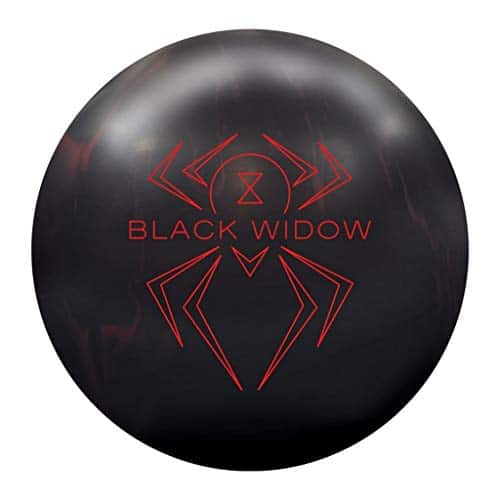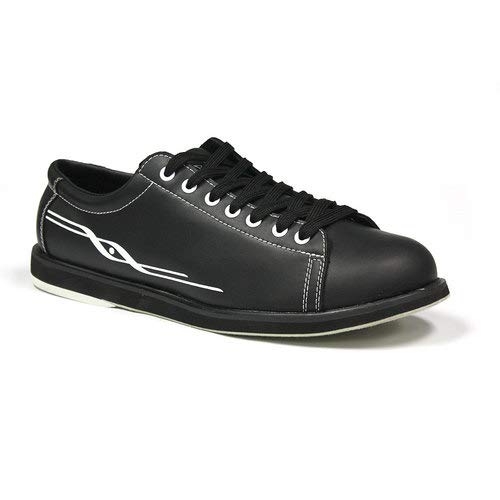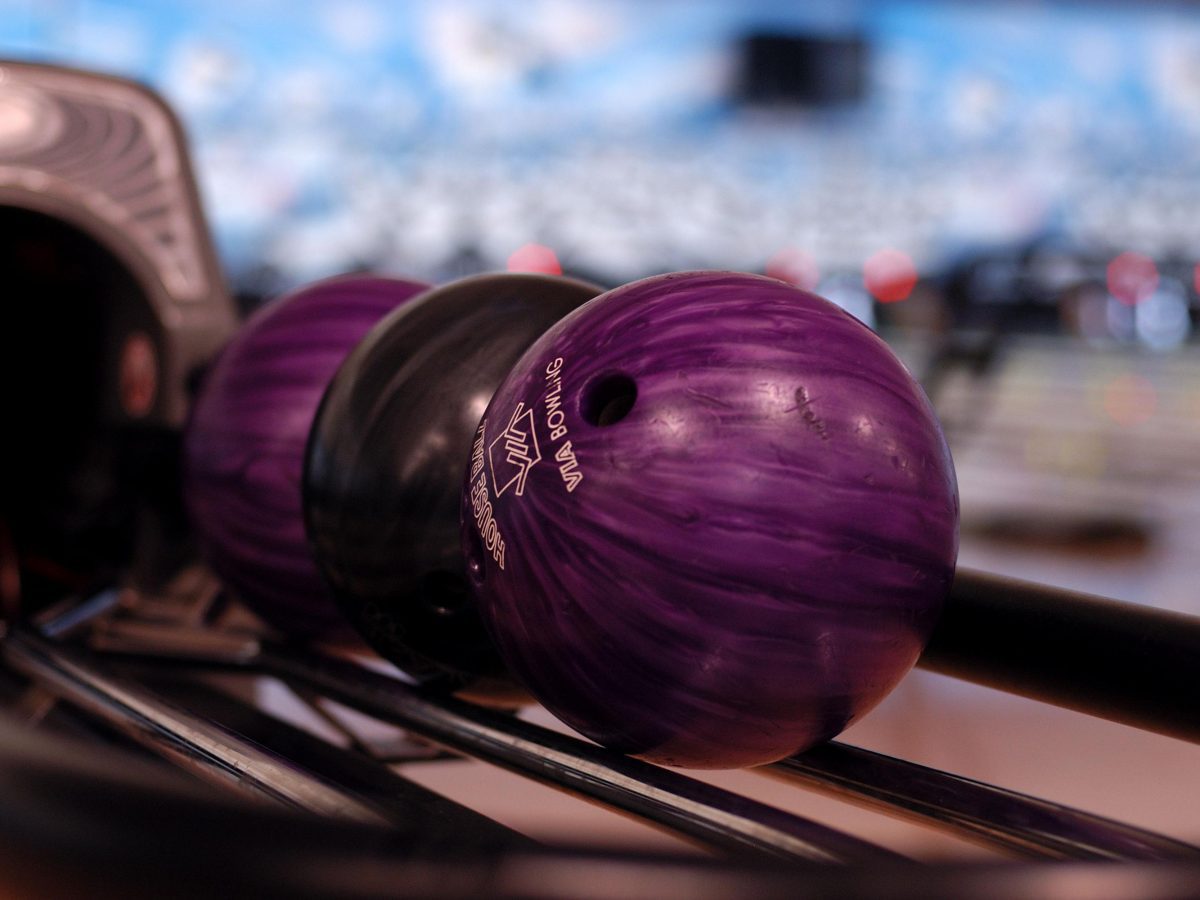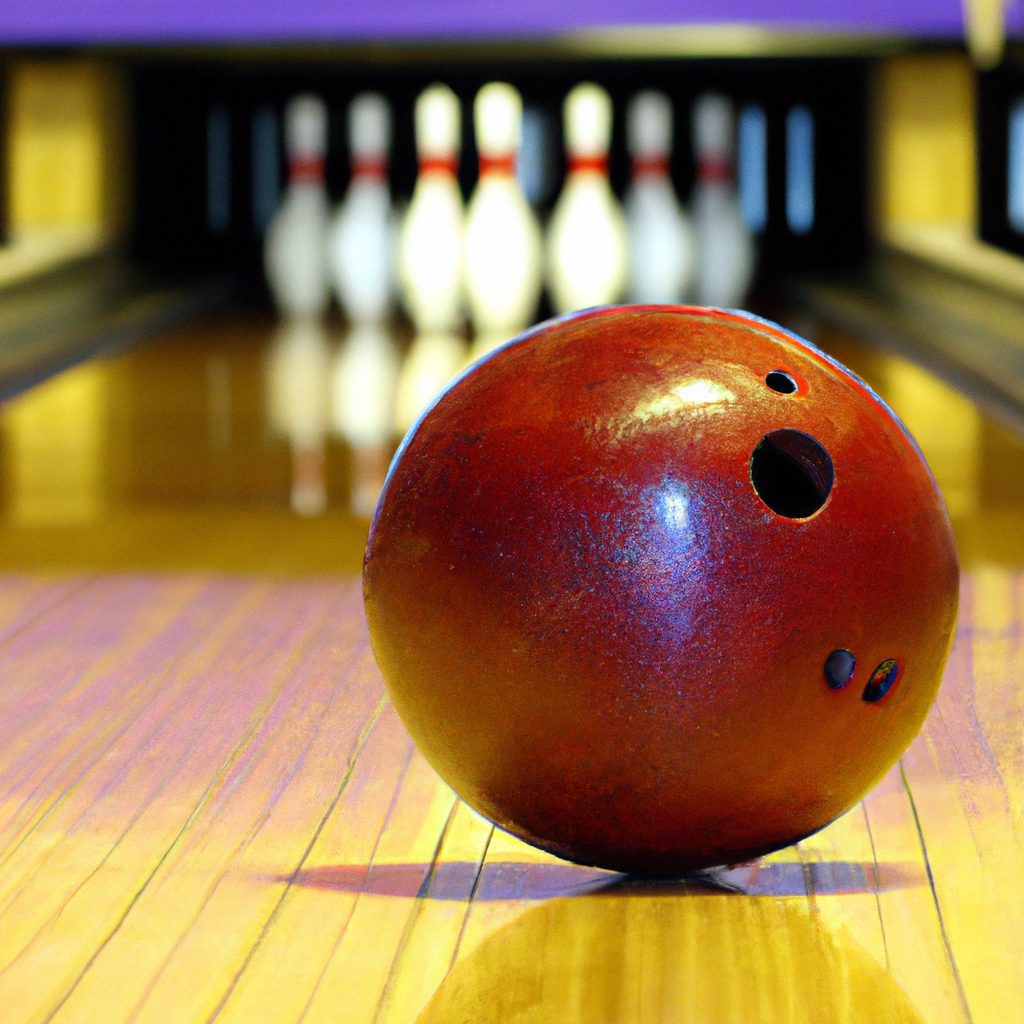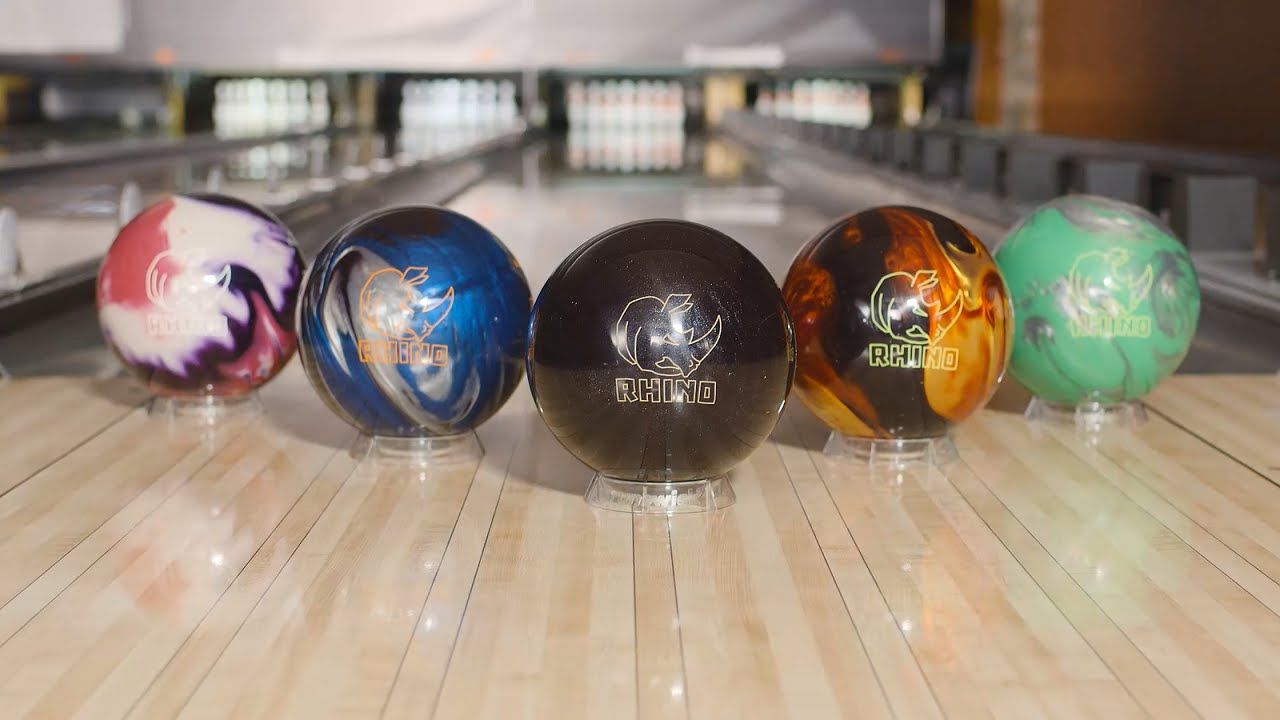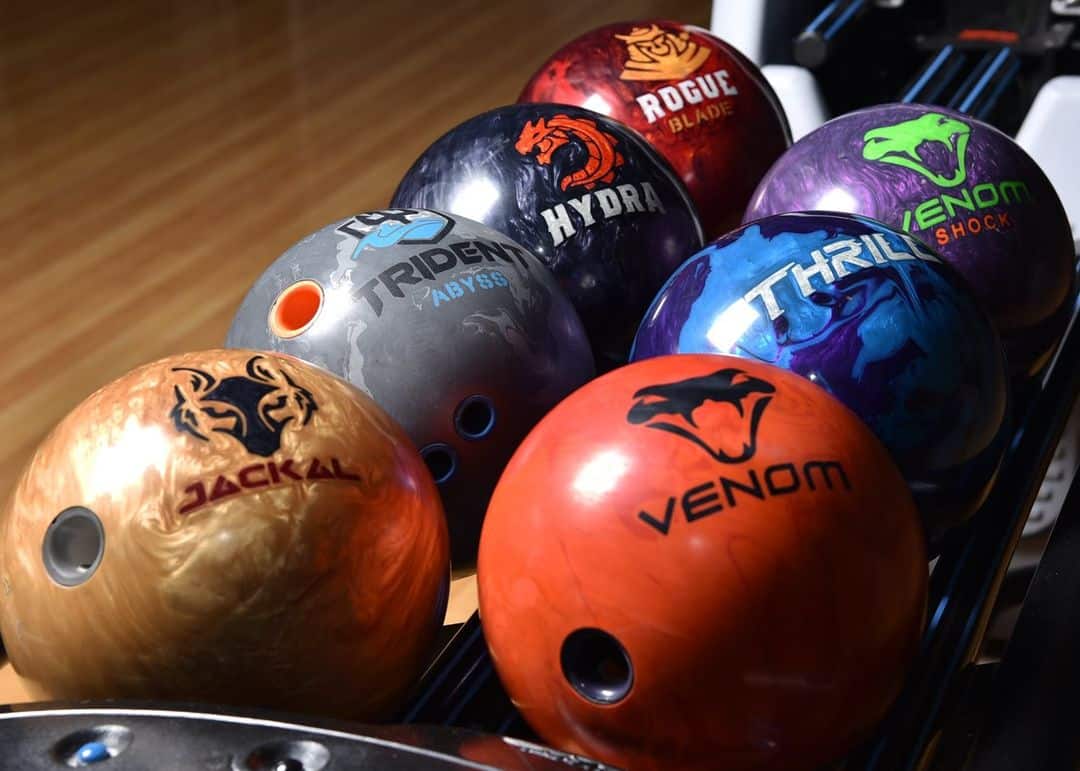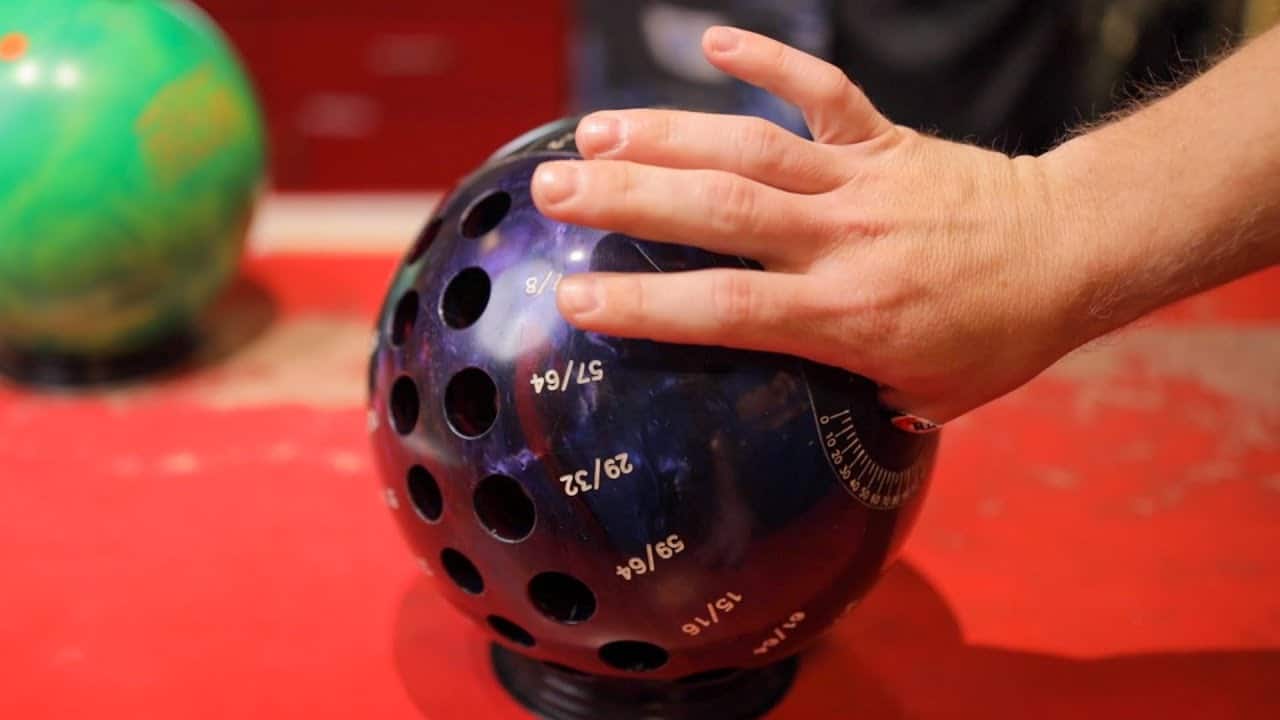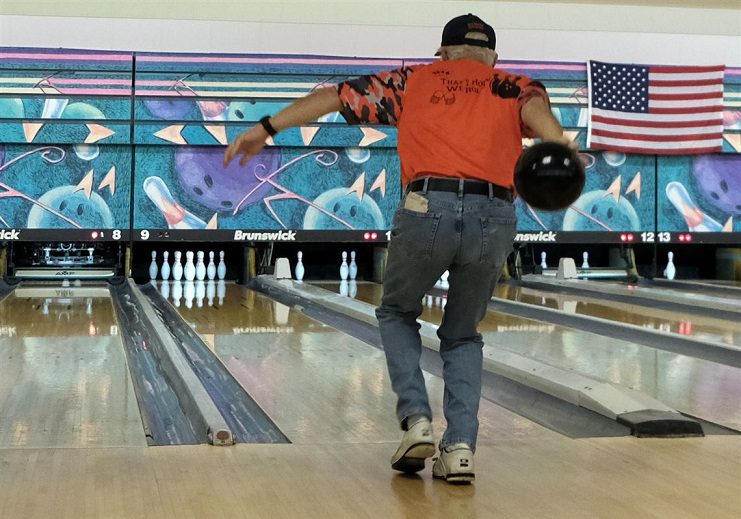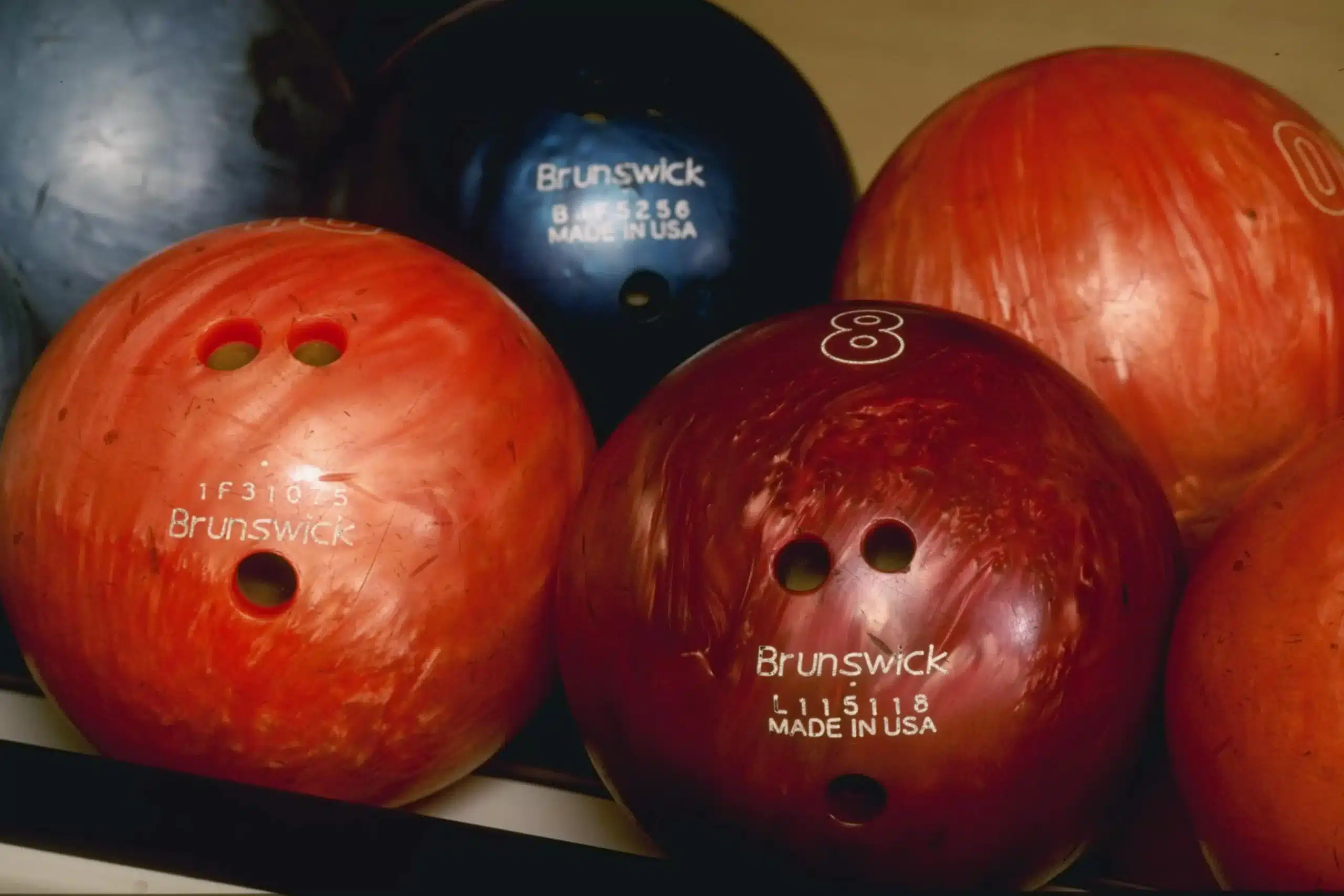Let’s roll into the world of bowling balls! We’re about to uncover the key disparities between a reactive resin and a plastic ball. Picture this: you’re at the bowling alley, ready to strike a perfect shot. But have you ever wondered what makes these two types of bowling balls distinct from each other? Well, we’re here to spill the pins on their dissimilarities and help you choose the right weapon for your bowling game. Get ready to knock those pins down with precision and style!
Review contents
Construction and Material
Reactive Resin Bowling Ball
The construction of a reactive resin bowling ball involves a core and a coverstock that are both made of different materials. The core is typically made of dense materials such as ceramic or synthetic compounds, which provide the ball with its weight and balance. The coverstock, on the other hand, is made of reactive resin, a material that offers enhanced grip and a higher hook potential.
Plastic Bowling Ball
In contrast, a plastic bowling ball is made entirely of a hard, durable plastic material. This construction makes the ball less reactive compared to a reactive resin ball. Plastic balls are often used by beginner or recreational bowlers due to their affordability and ability to handle less challenging lane conditions.
Composition
Reactive Resin Bowling Ball
The composition of a reactive resin bowling ball involves a combination of various materials that enhance its performance. The core is usually made of a mixture of dense materials, while the coverstock is composed of reactive resin particles. This composition allows for a higher level of friction with the lane surface, resulting in increased hook potential and overall performance.
Plastic Bowling Ball
A plastic bowling ball, on the other hand, is composed entirely of a single plastic material. This simplicity in composition provides a consistent and predictable roll, but lacks the added performance benefits of the reactive resin balls. Plastic balls are often more affordable and provide a suitable choice for bowlers who prefer a straighter shot.
Coverstock
Reactive Resin Bowling Ball
The coverstock of a reactive resin bowling ball is the outermost layer that directly contacts the lane surface. Reactive resin coverstocks are designed to provide increased friction and create a greater hook potential. They are typically more porous compared to plastic coverstocks, allowing the ball to grip the lane and generate a powerful backend reaction.
Plastic Bowling Ball
Plastic bowling balls have a coverstock that is made entirely of hard plastic. These coverstocks are generally smoother and offer less friction with the lane surface. The lack of porosity in the coverstock of plastic balls results in a reduced hook potential, making them ideal for straighter shots or less demanding lane conditions.
Chemical Properties
Reactive Resin Bowling Ball
The chemical properties of reactive resin bowling balls are designed to optimize performance on a variety of lane conditions. Reactive resin coverstocks contain microscopic pores that absorb oil from the lane, allowing for greater grip and increased hook potential. Additionally, the reactive properties of the resin enable the ball to generate more friction and react to changes in the lane surface.
Plastic Bowling Ball
Plastic bowling balls have a different set of chemical properties compared to their reactive resin counterparts. The non-porous nature of the plastic coverstock prevents oil absorption, resulting in less friction and reduced hook potential. Plastic balls are more resistant to lane conditions, making them a suitable choice for bowlers who prefer a straighter shot or bowl on drier lanes.
Performance
Reactive Resin Bowling Ball
Reactive resin bowling balls are known for their high-performance capabilities. With their enhanced hook potential and increased friction, they offer bowlers the ability to create more angular and powerful shots. The reactive properties of the resin also allow the ball to adapt to lane conditions and provide a more consistent performance, even on oily surfaces.
Plastic Bowling Ball
Plastic bowling balls, while not as high-performing as reactive resin balls, still offer a reliable performance. Their predictable roll and straighter trajectory make them a popular choice for bowlers who prefer a smoother delivery or less hook. Plastic balls are especially useful for beginners or recreational bowlers who are still developing their skills.
Hook Potential
Reactive Resin Bowling Ball
The hook potential of a reactive resin bowling ball is one of its most significant features. Due to the increased friction provided by the porous coverstock, these balls have a higher hook potential compared to plastic balls. This allows bowlers to create greater angularity and entry angles when targeting the pins, resulting in improved pin carry and higher scores.
Plastic Bowling Ball
Plastic bowling balls have a lower hook potential compared to reactive resin balls. The non-porous surface of the plastic coverstock reduces friction, resulting in a more predictable and controllable roll. While this may limit the hook potential, it can be advantageous on certain lane conditions or when aiming for a straighter shot.
Lane Conditions
Reactive Resin Bowling Ball
Reactive resin bowling balls excel on medium to heavy oil lane conditions. The porous coverstock of these balls readily absorbs oil, allowing for increased grip and enhanced hook potential. The reactive properties of the resin enable the ball to adjust to changing lane conditions, ensuring a consistent and powerful delivery.
Plastic Bowling Ball
Plastic bowling balls are versatile and can be effective on a wide range of lane conditions. They are particularly suited for dryer or less demanding lanes where their reduced friction and predictable roll can provide a reliable performance. Plastic balls are often chosen by bowlers who prefer a straighter shot or when encountering drier lane conditions.
Dry Lanes
Reactive Resin Bowling Ball
On dry lane conditions, reactive resin bowling balls might struggle to generate enough friction due to the lack of oil on the surface. This can result in a reduced hook potential and a less effective ball motion. In such situations, bowlers may need to adjust their technique or switch to a different bowling ball with a coverstock better suited for dry lanes.
Plastic Bowling Ball
Plastic bowling balls perform relatively well on dry lane conditions. Their smooth and non-porous coverstock minimizes friction, allowing for a consistent roll with less hook. Bowlers can rely on the predictability of plastic balls to maintain a straighter shot on dry lanes, minimizing any unwanted movements or hooks.
Oily Lanes
Reactive Resin Bowling Ball
Reactive resin bowling balls are designed to excel on oily lane conditions. The porous coverstock of these balls readily absorbs oil, increasing friction and enhancing the hook potential. This allows bowlers to generate greater angularity and increased pin carry, compensating for the extra oil on the lane surface.
Plastic Bowling Ball
On oily lane conditions, plastic bowling balls may struggle to create enough friction to generate the desired hook. Due to their non-porous coverstock, these balls have limited oil absorption, resulting in reduced hook potential. Bowlers on oily lanes may need to consider switching to a more reactive resin ball to achieve the desired performance.
Durability
Reactive Resin Bowling Ball
Reactive resin bowling balls, while offering excellent performance, are generally less durable compared to plastic balls. The porous nature of the coverstock makes them more susceptible to wear and tear over time, especially if used frequently on challenging lane conditions. Regular maintenance, including cleaning and resurfacing, can help prolong the lifespan of a reactive resin ball.
Plastic Bowling Ball
Plastic bowling balls are known for their durability and longevity. The solid plastic construction makes them less vulnerable to wear and tear, even when used extensively. This durability, combined with their affordability, makes plastic balls an attractive option for bowlers seeking a long-lasting investment.
In conclusion, the difference between a reactive resin and a plastic bowling ball lies in their construction, composition, coverstock, chemical properties, performance, hook potential, response to lane conditions, durability, and more. Each type of ball offers distinct advantages and is suited for different skill levels, bowling styles, and lane conditions. Whether you are seeking a high-performance ball with maximum hook potential or a reliable option for straighter shots, understanding these differences will help you make an informed decision and enhance your bowling experience.




![Spare bowling ball Top 10 in 2024. (reviews) Top 10 Best Spare Bowling Balls [2021 Reviewed]](http://landofbowling.com/wp-content/uploads/2021/07/Top-10-Best-Spare-Bowling-Balls-2021-Reviewed.jpg)






